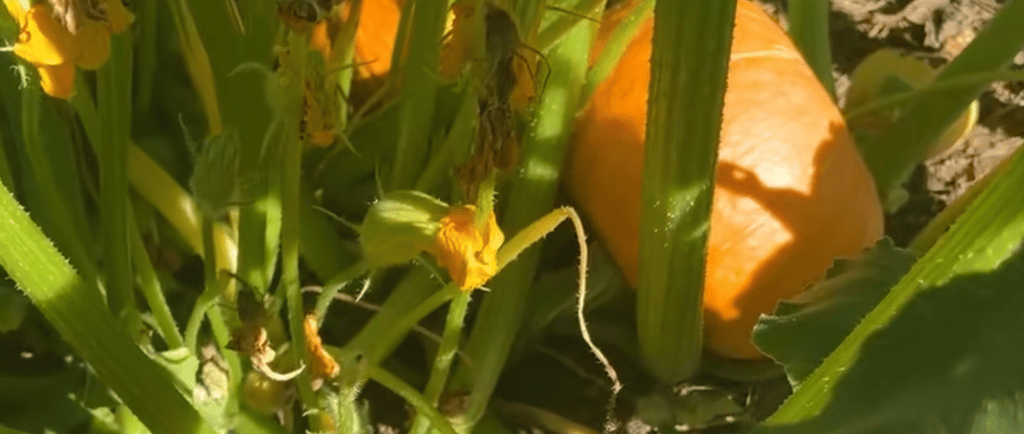It's Late Summer - Now What?
Late summer is full of gardening activity!
Prepped & Planted


The snap peas, kale, and lettuce are a distant memory. The winter squash still has a ways to go. What should a gardener do in late August to early September? Why, plant more, of course!
In the Denver area, we still have several weeks left of the growing season by the time the end of August rolls around. If you haven't already pulled up your tired snap pea plants and bolted lettuce, it's demolition time. Get them outta' there so you can plant more food. I also pull up my large kale around now because so many days in the 90's makes it bitter.
As you look at the bare patches in your garden beds, don't despair. Now is the time to plant the crops you usually think of planting in spring. Yep, cool season crops do great when you plant them in August to early September! "Cool season" means they do great producing fruit when it's cooler outside. It's fine that it's still hot when you plant the seeds. Early to mid-August, think broccoli, kohlrabi, cabbage, carrots. Plants that need 60-70 days. Late August plant snap peas, Kale, spinach, turnips, things that need 45-55 or so days. Wait until mid-September to plant radishes as they need only 35-40 days - you can also do another planting of Kale to harvest young greens in October.
If you live in zone 5a in Wyoming or the colder regions of Colorado, the timeline rolls back by a few weeks. So plant the broccoli, cabbage, and carrots category in late July. Early August is when you plant snap peas, spinach, Kale, etc. And mid- to late August plant radishes.
Note that carrots (and a few other cool crops) taste best after they've gone through a few frosty nights before digging them up. You can even leave them in the garden, covered with 8-12 inches of dried leaves or straw, and dig them up as you need them until around December. Do continue to water them every couple of weeks or so, when temps are above freezing. The first time I over-wintered carrots, I didn't know about watering. I'd figured the snow would be enough moisture. I was wrong. I dug up the last 50 or so in March and they were awful - salty, bitter, dry. It was a bummer of a lesson to learn, wasting all those carrots. Now I water a few times during the fall and finish harvesting them by early December.
Prepped & Planted
Personalized and practical vegetable garden consultations and coaching.
© 2025. All rights reserved.
As an Amazon Associate I earn from qualifying purchases.
Terms and Conditions